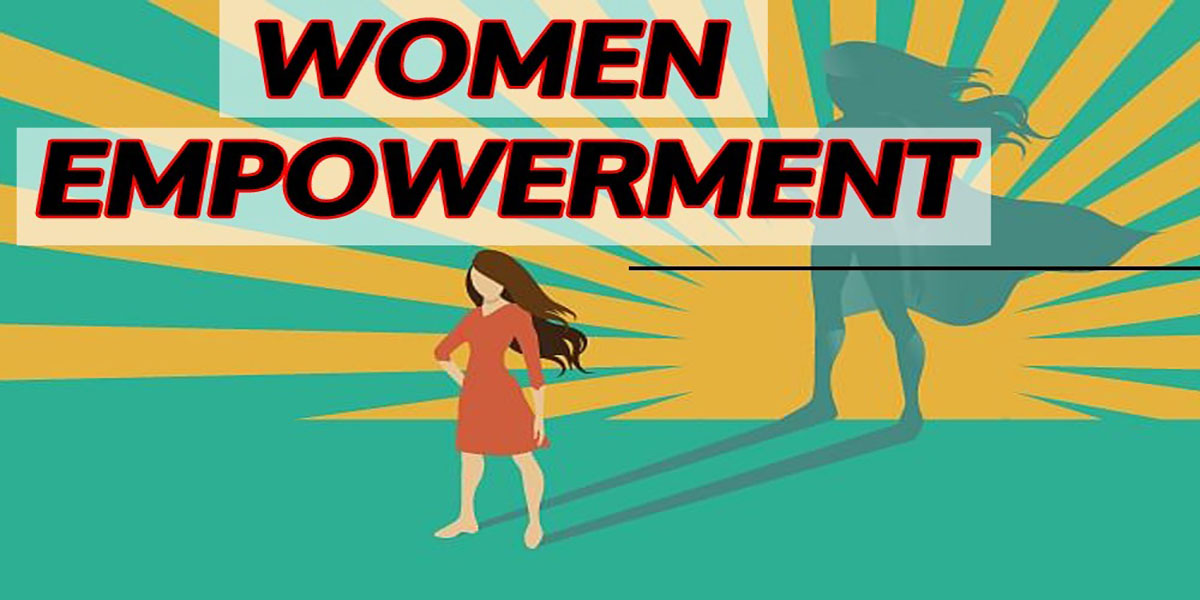
Empowerment Through Legal Frameworks: Dispelling Myths for Working Women
In the modern workplace, understanding the legal rights and protections available to women is crucial for ensuring a fair and equitable environment. However, numerous myths and misconceptions about these laws often obscure the reality. This blog aims to clarify these myths and highlight how legal frameworks empower working women.
Myth 1: “Equal Pay Laws Guarantee Equal Salaries for All Women”
Reality: While equal pay laws, such as the Equal Pay Act, mandate that men and women receive equal pay for equal work, disparities still exist due to various factors including negotiation differences, occupational segregation, and unconscious biases. It’s important to advocate for transparency and proactive measures to close these gaps.
Myth 2: “Maternity Leave and Family Leave Are the Same”
Reality: Maternity leave and family leave serve different purposes. Maternity leave specifically addresses recovery and bonding time for new mothers, while family leave, often under the Family and Medical Leave Act (FMLA), provides time off for a broader range of family-related reasons. Understanding these distinctions helps women navigate their entitlements more effectively.
Myth 3: “Sexual Harassment Laws Protect Women Only in Extreme Cases”
Reality: Sexual harassment laws cover a range of behaviors, from overt misconduct to subtle, pervasive harassment. The law protects employees from a hostile work environment, which includes unwelcome advances, inappropriate comments, and other forms of harassment. Employers are required to address and prevent such behaviors to create a safe workplace.
Myth 4: “Flexible Work Arrangements Are a Favor, Not a Right”
Reality: Flexible work arrangements are increasingly recognized as a valuable aspect of modern work culture. While not universally mandated, many companies offer flexibility as a benefit to support work-life balance. Legal frameworks and company policies are evolving to support various flexible work options, reflecting their growing importance.
Myth 5: “Pregnancy Discrimination Is Rare and Easily Resolved”
Reality: Pregnancy discrimination remains a significant issue despite legal protections under laws like the Pregnancy Discrimination Act. Women may face challenges in obtaining reasonable accommodations or may encounter biased hiring practices. Advocacy and awareness are essential for addressing these issues effectively.
Empowerment Through Legal Frameworks
Legal frameworks such as the Equal Employment Opportunity Commission (EEOC) guidelines, Title VII of the Civil Rights Act, and various state and local laws are designed to protect and empower working women. These laws provide mechanisms for reporting grievances, seeking redress, and ensuring workplace fairness.
Understanding the legal protections available and debunking common myths empowers women to advocate for their rights and navigate the complexities of the workplace. By staying informed and proactive, working women can better leverage these laws to create a more equitable work environment.
PhysicsWallah IPO: Price band set at ₹103-109 per share
November 9, 2025UpGrad in talks to acquire Unacademy in $300–400 million deal
November 7, 2025India Set to Become a $10 Trillion Economy by 2040
November 6, 2025China Products Ready to Re-Enter the Indian Market After Four Years
November 6, 2025